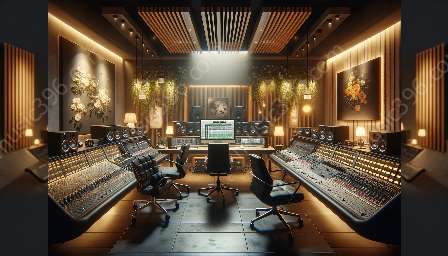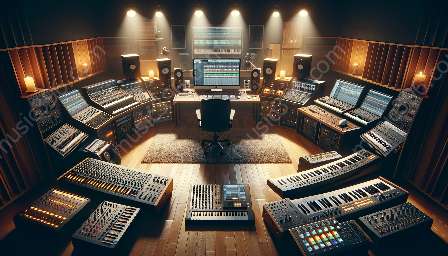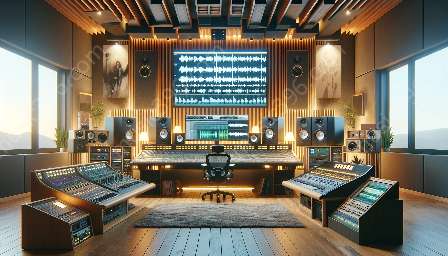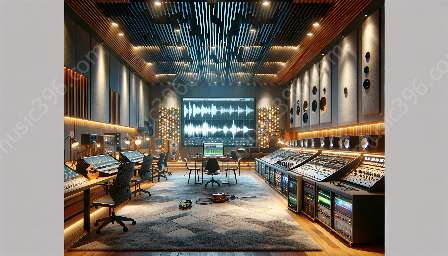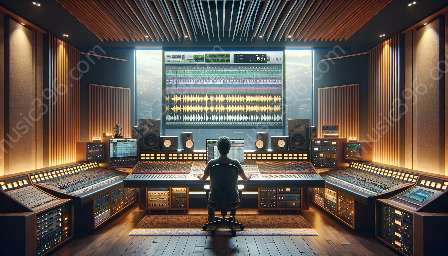Gain staging is a crucial aspect of achieving high-quality recordings in music production. It involves setting the proper levels at each stage of the signal chain to ensure optimal sound quality and minimal noise. Proper gain staging plays a significant role in music recording and mastering, as it directly impacts the quality of the final mix and the mastering process.
Importance of Gain Staging
Proper gain staging is essential for maintaining the integrity of the audio signal throughout the recording and production process. When gain is set too low, the signal-to-noise ratio may be compromised, leading to an increase in background noise and a loss of detail in the recording. On the other hand, excessive gain can lead to clipping and distortion, resulting in an unpleasant sound.
In the context of mastering, proper gain staging ensures that the final mix has sufficient headroom for the mastering engineer to apply necessary processing without introducing distortion or compromising audio quality.
Considerations for Proper Gain Staging
When setting up gain staging in a recording environment, several considerations should be kept in mind to achieve optimal results:
- 1. Input Levels: It is important to set appropriate input levels at the beginning of the signal chain. This involves adjusting the gain on microphones, instruments, and preamps to capture a strong, clean signal without overloading the input.
- 2. Signal Flow: Understanding the signal flow within the recording environment is crucial for proper gain staging. Each stage, including preamps, EQs, compressors, and converters, should be carefully adjusted to prevent signal degradation and maintain consistency.
- 3. Metering and Monitoring: Utilizing accurate metering and monitoring tools is essential for monitoring signal levels and ensuring that the gain is set at an optimal level throughout the recording and mixing process.
- 4. Headroom: Maintaining sufficient headroom in the recording and mixing stages is crucial for allowing dynamics and transients to remain intact. Adequate headroom provides flexibility during the mastering stage and avoids clipping.
- 5. Gain Structure: Establishing a consistent gain structure across all audio devices and equipment helps in maintaining a balanced and clean signal path, minimizing the risk of noise and distortion.
Impact on Music Recording and Mastering
Proper gain staging directly impacts the quality of music recordings and the mastering process. It ensures that the initial recording captures the full dynamic range and detail of the audio source, providing a solid foundation for the subsequent mixing and mastering stages.
During mastering, maintaining proper gain staging in the final mix allows the mastering engineer to apply equalization, compression, and other processing with precision, preserving the overall sonic integrity and achieving a professional, polished sound.
In conclusion, understanding and implementing proper gain staging in a recording environment is fundamental for achieving high-quality music recordings and facilitating the mastering process. By considering the aforementioned aspects and applying best practices in gain staging, music producers and engineers can enhance the sonic quality and clarity of their recordings, ultimately contributing to the overall impact and appeal of the music.



